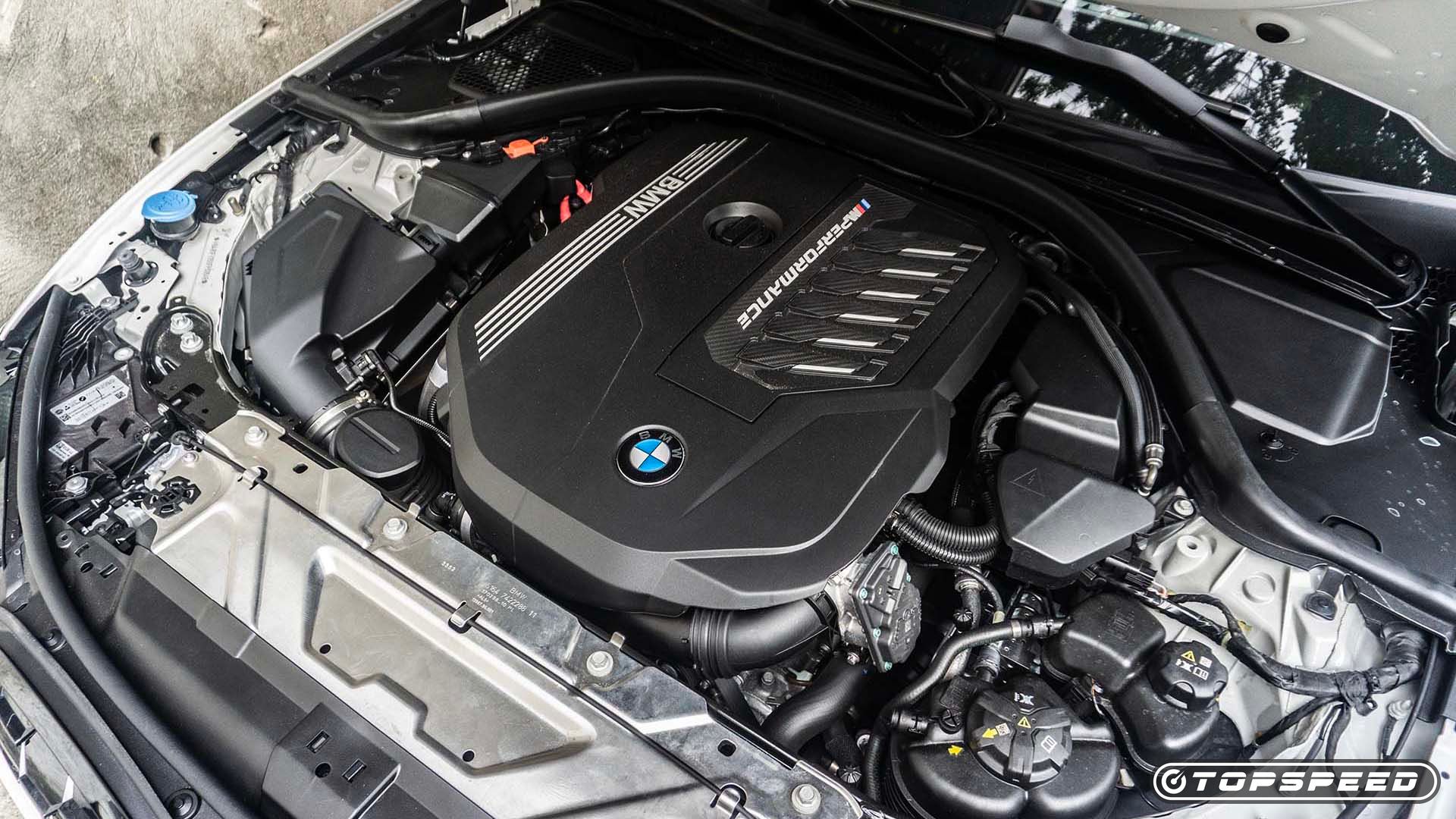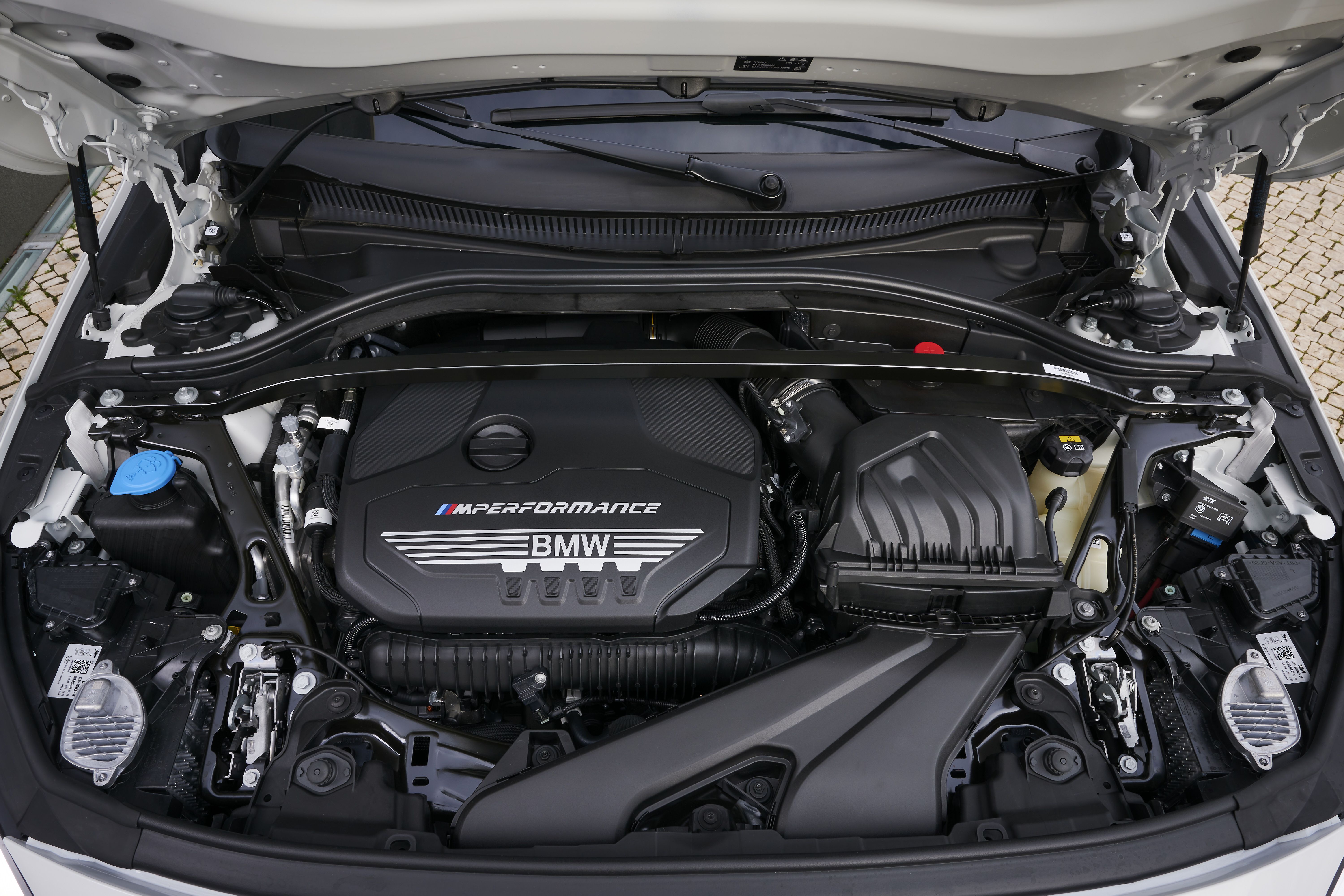How to Preserve Your BMW Engine for Ideal Performance and Long Life
How to Preserve Your BMW Engine for Ideal Performance and Long Life
Blog Article
Discovering the Evolution of Combustion Engines in Modern Transport Systems
As we navigate the landscape of contemporary transportation, the development of burning engines stands as a testament to human ingenuity and design prowess. The interplay of background, innovation, and environmental problems in forming the trajectory of combustion engines develops a narrative that is both insightful and engaging.
Early Beginnings of Combustion Engines
How did the idea of combustion engines initial emerge in the onset of transportation growth? When the principles of inner combustion were initial checked out, the origins of combustion engines can be mapped back to the 17th century. In 1673, Christian Huygens conceptualized a standard internal burning engine that utilized gunpowder to create power. It wasn't up until the late 19th century that practical applications of combustion engines in transport began to emerge.
The innovation moment included the invention of the very first effective gasoline-powered engine by Karl Benz in 1885 - bmw engine. This engine led the way for the advancement of the modern-day automobile, reinventing transport systems worldwide. Subsequent technologies by Nikolaus Otto and Gottlieb Daimler further fine-tuned burning engine modern technology, resulting in the automation of autos and the rapid growth of the transport sector
These very early combustion engines were characterized by their simplicity and effectiveness, laying the foundation for the complicated and effective engines made use of in modern-day transport systems. The advancement of burning engines has been critical in forming the method we travel and deliver products, marking a significant milestone in the history of transportation growth.
Change to Internal Burning Modern Technology
The change to inner burning innovation marked a critical shift in the evolution of transportation systems. This shift began in the late 19th century, with developers like Nikolaus Otto and Gottlieb Daimler creating the initial effective interior combustion engines. These engines revolutionized transport by using an extra powerful and reliable option to heavy steam engines and electric motors.
Among the vital benefits of inner burning engines was their capability to be scaled down to fit into automobiles, causing the advancement of cars and bikes. This shift from large, stationary engines to small, mobile ones led the means for the contemporary transport systems we see today.
The transition to interior burning technology also stimulated improvements in fuel innovation, leading to the growth of gasoline and diesel as main gas sources for lorries. This shift not just made transport much more accessible to the masses however additionally laid the foundation for the oil and gas sector to become essential to international economies.
Effect of Combustion Engines on Transportation
The fostering of burning engines in transport systems catalyzed an extensive change in the efficiency and speed of international mobility. Combustion engines changed transportation by offering a reliable and versatile source of power for different lorries, consisting of vehicles, trucks, aircrafts, and ships. This technology significantly enhanced the capability for individuals and products to conform lengthy ranges in much shorter timespan, leading to boosted connection in between areas and countries.
In addition, the prevalent use burning engines has had a significant effect on economic development. The capability to deliver products effectively has spurred trade and business, allowing businesses to expand their markets and get to customers worldwide. This has actually assisted in financial growth and globalization, as products can now be transferred faster and in bigger amounts than ever.
Nevertheless, the environmental impact of burning engines can not be forgotten. The burning of nonrenewable fuel sources has resulted in air pollution and greenhouse gas emissions, contributing to environment modification her latest blog and positioning health threats to populaces. bmw engine. Therefore, there is an expanding focus on creating different propulsion innovations to reduce these negative effects and develop a much more sustainable future for transport
Technologies in Burning Engine Style
Various advancements in burning engine style have moved the evolution of transport systems over the years. One significant development is the advancement of turbocharged engines, which utilize exhaust gases to drive a wind turbine that presses incoming air, enabling for even more fuel to be burnt, resulting in increased power result without a substantial boost in engine size. Additionally, straight shot innovation has actually enhanced fuel effectiveness and performance by precisely managing the amount and timing of gas infused into the burning chamber. Variable valve timing systems have additionally reinvented engine style by maximizing air flow at various engine rates, enhancing both power and effectiveness. One more considerable improvement is the integration of light-weight materials such as carbon fiber and light weight aluminum alloys, lowering total engine weight and boosting vehicle fuel economy. Improvements in computer-aided style have actually made it possible for designers to maximize engine efficiency and efficiency through simulations before physical prototypes are built, saving time and resources in the development process. These developments collectively contribute to the continual renovation of burning engines in modern-day transport systems.
Future Fads in Burning Engine Advancement
With innovation developments driving constant development, the future of combustion engine development is poised to transform transportation systems globally. One of the vital fads in burning engine growth is the press towards better effectiveness and minimized emissions. Manufacturers are spending greatly in r & d to boost engine performance while meeting rigid environmental regulations. This consists of the news assimilation of advanced gas injection systems, improved turbocharging techniques, and making use of lightweight products to maximize fuel consumption and reduce carbon exhausts.
An additional famous trend is the fostering of crossbreed technologies in burning engines. Hybrid engines integrate traditional combustion innovation with electric power, providing improved fuel performance and reduced discharges. As the vehicle sector changes in the direction of electrification, hybrid combustion engines are seen as a transitional solution that links the void between conventional lorries and completely electrical ones.
Additionally, the integration site web of clever technologies, such as fabricated knowledge and information analytics, is anticipated to play a significant role in the future of combustion engine advancement. These modern technologies can optimize engine performance in real-time, bring about much more efficient combustion procedures and boosted overall automobile efficiency. Welcoming these future patterns will certainly not only drive advancement in burning engine advancement however also add to a much more sustainable and environmentally friendly transport ecological community.

Final Thought
To conclude, the advancement of burning engines in modern-day transport systems has actually been noted by substantial advancements in technology and design. From the early beginnings of combustion engines to the transition to internal combustion technology, these engines have had a profound effect on transportation. Developments in combustion engine style proceed to drive progression in this area, with future fads concentrating on more improving performance and reducing discharges. The future of combustion engines in transportation looks promising as research study and advancement efforts continue to push boundaries.
The origins of burning engines can be traced back to the 17th century when the concepts of interior combustion were first discovered. These engines changed transport by providing a much more efficient and effective choice to heavy steam engines and electric motors.

Report this page